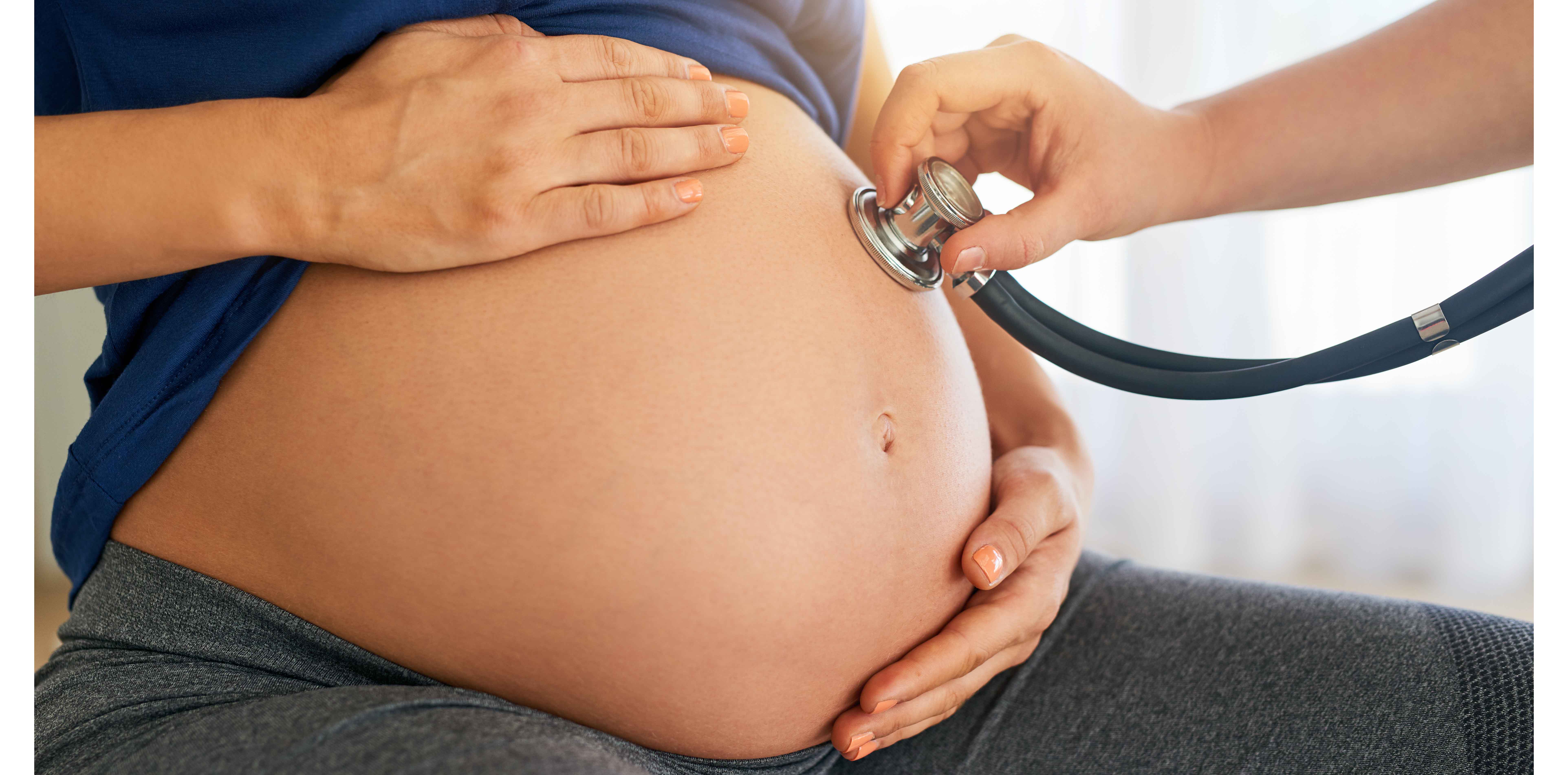Improving communication with pregnant women of migrant background, might help reduce the rate of stillbirths in this population, experts say
Improving communication with pregnant women of migrant background, might help reduce the rate of stillbirths in this population, experts say.
A perspective, recently published in the MJA, found that women from migrant backgrounds were missing critical information about ways to optimise their health while pregnant.
One of these communication barriers was language, with one-third of all migrant women who gave birth annually being born in countries where English was not the first language.
“This equates to over 80,000 women of non-English speaking background giving birth in Australia each year,” the authors said.
Previous studies found that among overseas born women, there were 5.7 stillbirths per 1000 births, compared with Australian-born women where there were 4.7 stillbirths per 1000 births. The highest rate of stillbirth was among African migrant women with 12.3 stillbirths occurring for every 1000 births.
The researchers suggest more widespread use of interpreters would help overcome language barriers and ensure important antenatal information is effectively communicated.
Currently, a number of non-English speaking women were reportedly missing important messages about safe sleeping positions, warnings on smoking, management of diabetes and when to seek help for pregnancy complications.
There was also evidence to suggest women from South Asian countries were at higher risk of stillbirth due to shorter gestational length and fetal growth restrictions.
In addition, the researchers said the trauma from migration and settlement experiences could impact the health of a pregnancy. “Individuals of refugee background with experiences of torture and trauma face additional hardships around the time of pregnancy, exacerbated by limited English proficiency and low health literacy,” the study authors said.
Researchers are currently conducting a study measuring the impact of group pregnancy care on the stillbirth rate in migrant women.
The study will use a multidisciplinary care model including midwives, nurses, an interpreter and a bi-cultural worker to improve communication in antenatal care.
“Early findings suggest that the combination of care close to where women live, access to both an interpreter and a bicultural worker, and the orientation to provide information in ways that is asked for by women is resulting in greater uptake and retention of health information, including information about when and how to seek help related to pregnancy,” the study authors said.
“We believe that understanding what matters to women and communities new to Australia is fundamental to health care reform to end preventable stillbirth,” they concluded.
MJA 2019, 10 June


